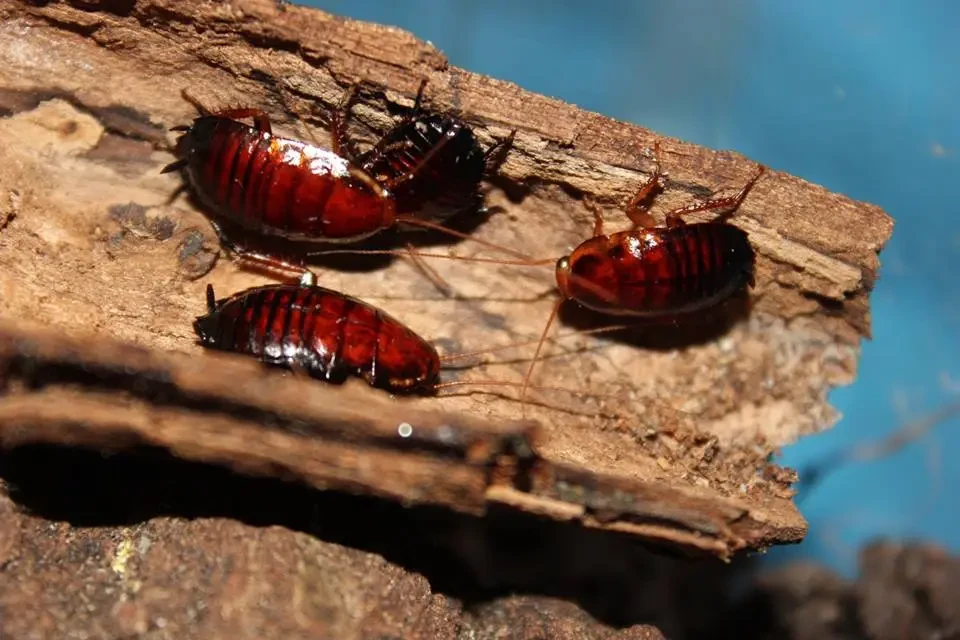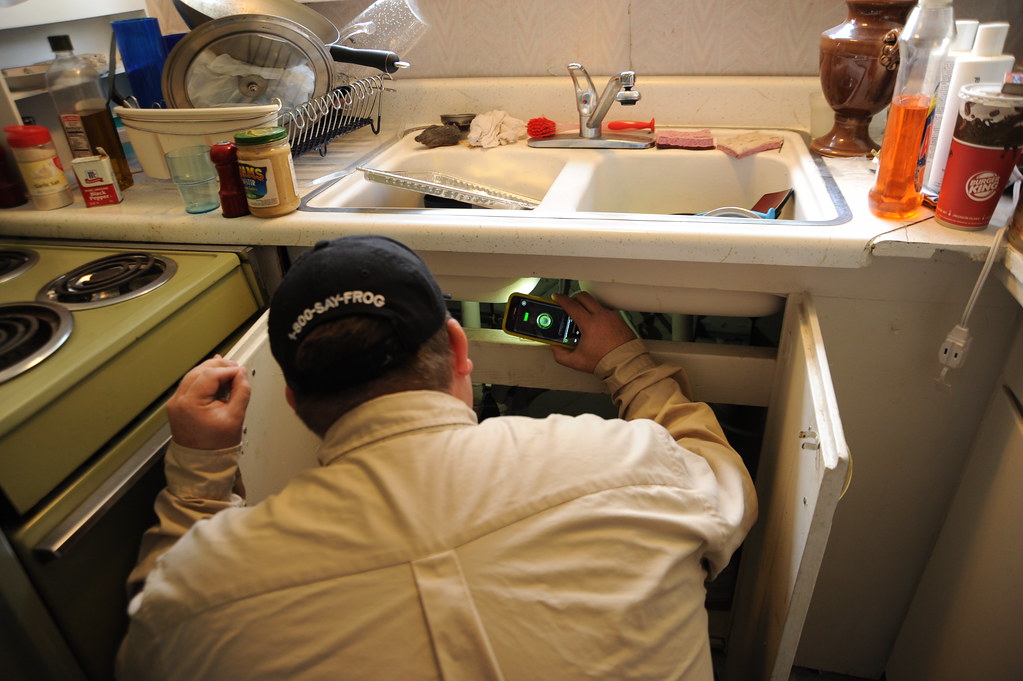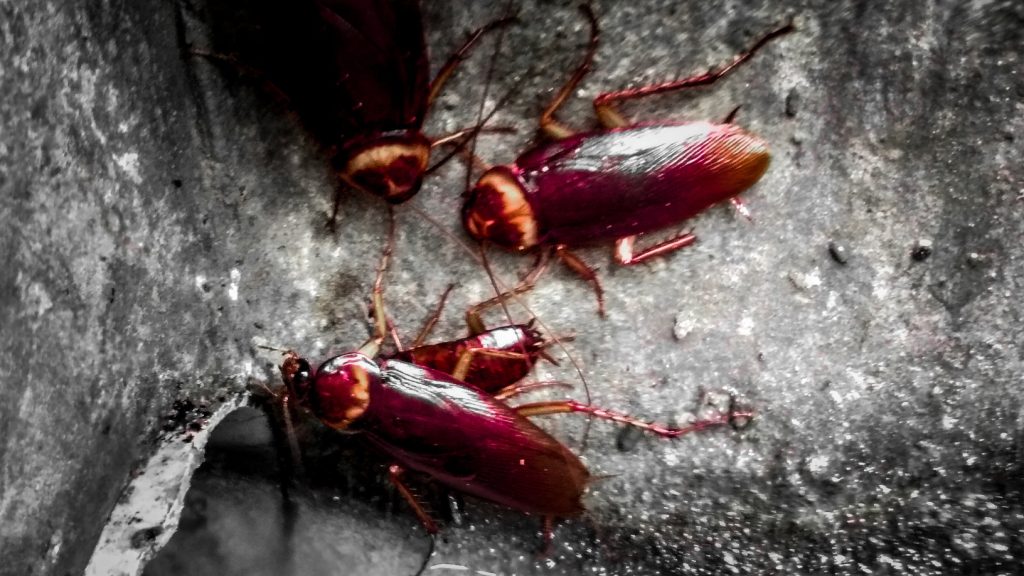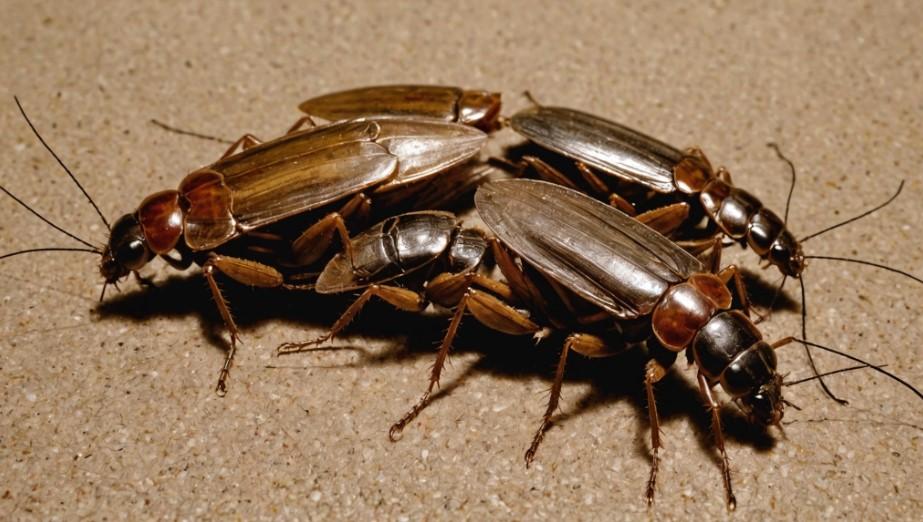Key Takeaways
-
Identification Matters: Knowing whether it’s German, American, or Oriental cockroaches helps apply the right treatment.
-
Spot the Signs: Look for droppings, egg cases, and musty odors as early infestation indicators.
-
Comprehensive Cleaning: Keep kitchens clean and dry to reduce cockroach attraction and breeding grounds.
-
Effective DIY Treatments: Use gel baits, sticky traps, and boric acid to reach hidden cockroach nests.
-
Preventive Measures: Seal cracks, store food properly, and repair leaks to block future infestations.
-
Natural Alternatives: Diatomaceous earth, essential oils, and baking soda offer eco-friendly control options.
-
Professional Help: Call pest experts for stubborn or widespread cockroach problems.
Types of Cockroaches Found in Kitchen Cabinets
Before tackling the issue, it’s important to understand the different types of cockroaches in the kitchen that might be invading your space. The three most common types you’ll likely encounter are the German, American, and Oriental cockroaches. The German cockroach is the most common in kitchens. They are small, light brown, and typically hide in cracks or behind appliances. Due to their tiny size and rapid reproduction, cockroaches can be difficult to manage once they establish themselves. American cockroaches are larger than their German counterparts, and they are reddish-brown in colour. While they prefer dark, damp areas, they can still find their way into your kitchen cabinets, especially near sinks. Lastly, Oriental cockroaches are dark brown or black, and they tend to seek out water sources, often appearing near drains or plumbing. Understanding the type of cockroach is essential, as it can guide your approach to getting rid of them.
How to Identify a Cockroach Infestation
If you see small cockroaches in your kitchen at night, you might be dealing with more than just a few stray bugs. Cockroaches are nocturnal, meaning they come out primarily after dark. There are a few telltale signs that point to an infestation. First, look for cockroach droppings, which resemble small, dark specks or pellets, often found along baseboards, inside cabinets, or near food storage areas. These droppings usually look like coffee grounds or pepper. You might also come across egg cases, which are small, brownish capsules that house multiple eggs. Finding these in your cabinets is a strong indication that cockroaches are nesting nearby. Additionally, a strong, musty odour is often associated with roaches, especially if the infestation is extensive. Lastly, as cockroaches moult, they shed their skins, which can also be found in the nooks and crannies of your kitchen. If you notice any of these signs, it’s time to take action.Get Rid of Roaches in Your Kitchen Cabinets
Now that you’ve identified the problem, it’s time to focus on eliminating these pests. Removing cockroaches from your kitchen cabinets requires a combination of cleaning, treatment, and prevention.

Not getting a solution?
Get your free pest control estimate today!How to Prevent Roaches from Coming Back
After successfully eliminating roaches from your kitchen cabinets, preventing them from returning is crucial. Roaches are highly adaptable and will find any opportunity to re-enter your home if you don’t take preventive measures. The most effective way to prevent a roach problem is by keeping your kitchen and cabinets clean. Wipe down surfaces regularly, sweep floors, and clean up food spills immediately. Store dry goods like cereal, flour, and sugar in airtight containers to avoid attracting pests. Roaches are also drawn to dirty dishes, so make sure to wash and dry them promptly instead of leaving them out overnight. Additionally, you’ll want to eliminate water sources that roaches might rely on. Fix any leaky faucets or pipes, especially under sinks where cockroaches tend to congregate. Ensure that your kitchen is well-ventilated to reduce moisture build-up. Roaches can survive for a long time without food, but they need water to thrive, so cutting off their water supply is key to keeping them away.
Sealing cracks and gaps around your kitchen cabinets is another crucial step. Cockroaches can squeeze through even the tiniest spaces, so using caulk to seal cracks around pipes, cabinet edges, and baseboards can block their entry points. Pay attention to any loose cabinet doors or damaged areas where roaches could easily enter.
Additionally, you’ll want to eliminate water sources that roaches might rely on. Fix any leaky faucets or pipes, especially under sinks where cockroaches tend to congregate. Ensure that your kitchen is well-ventilated to reduce moisture build-up. Roaches can survive for a long time without food, but they need water to thrive, so cutting off their water supply is key to keeping them away.
Sealing cracks and gaps around your kitchen cabinets is another crucial step. Cockroaches can squeeze through even the tiniest spaces, so using caulk to seal cracks around pipes, cabinet edges, and baseboards can block their entry points. Pay attention to any loose cabinet doors or damaged areas where roaches could easily enter.
Using Natural Remedies to Repel Roaches
If you prefer a more natural approach to roach control, there are several home remedies you can use. Diatomaceous earth is a popular option, as it dehydrates and kills cockroaches when they come into contact with it. Sprinkle a light dusting of diatomaceous earth around cabinet edges, under appliances, and in other high-traffic areas. You can also use essential oils like peppermint, eucalyptus, or tea tree oil, which naturally repel roaches. Create a spray by mixing a few drops of essential oil with water and spraying it inside your cabinets and around your kitchen. While this won’t kill the roaches, it can help deter them from entering your kitchen in the first place.
Another simple remedy involves using baking soda mixed with sugar. The sugar attracts the roaches, and when they consume the baking soda, it creates a gas in their stomachs, killing them. Place small dishes of this mixture in cabinets and near other infested areas.
You can also use essential oils like peppermint, eucalyptus, or tea tree oil, which naturally repel roaches. Create a spray by mixing a few drops of essential oil with water and spraying it inside your cabinets and around your kitchen. While this won’t kill the roaches, it can help deter them from entering your kitchen in the first place.
Another simple remedy involves using baking soda mixed with sugar. The sugar attracts the roaches, and when they consume the baking soda, it creates a gas in their stomachs, killing them. Place small dishes of this mixture in cabinets and near other infested areas.





